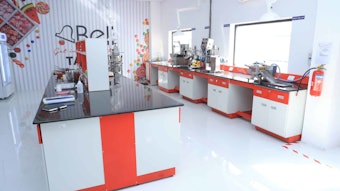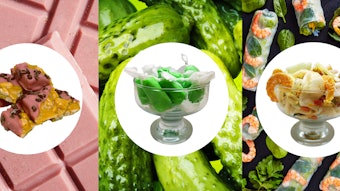While citrus flavor applications took novel turns in recent product introduction—mint-citrus in confectionary, and yuzu and other exotic citrus in salad dressings and considments—they continued to dominate the beverage category in everything from blended beers to flavored waters, juices, soft drinks and liquors. While Bell Flavors & Fragrances' "2011 Top 10 Flavor Trends" points to blood orange's rising profile, valued for its "hint of raspberry" and vitamin C and antioxidant content, lemon still reigns. In a recent Beverage Industry report, author Jennifer Zegler notes, "[Lemon] ranked as the top flavor used in 2010 with 46% of respondants indicating that they used the citrus fruit last year." While the flavor is expected to continue a leading position among all varieties, orange and lime are also expected to thrive in the category. Simultaneously, technologies supporting the application of citrus in an array of flavors and fragrances have advanced.
Stability
An Ogawa & Co. Ltd. patent application outlines a process comprised of the addition of a “deterioration inhibiting material” to foods, beverages and/or cosmetics to inhibit the production of deterioration odors—particularly those generated by citral in citruslike flavors and fragrances when exposed to heat, light and other degradation factors.1 Specifically, the material can be used in applications at lower rates than “conventional deterioration inhibitors” and counters the production of p-cresol and p-methylacetophenone.
A Takasago patent application discloses the invention of a “flavor retention agent which is harmless to the human body and exhibits excellent ability to prevent deterioration of flavors” while also eschewing any browning of products.2 The agent “is easily mixed and does not separate in foods,” according to the authors.










